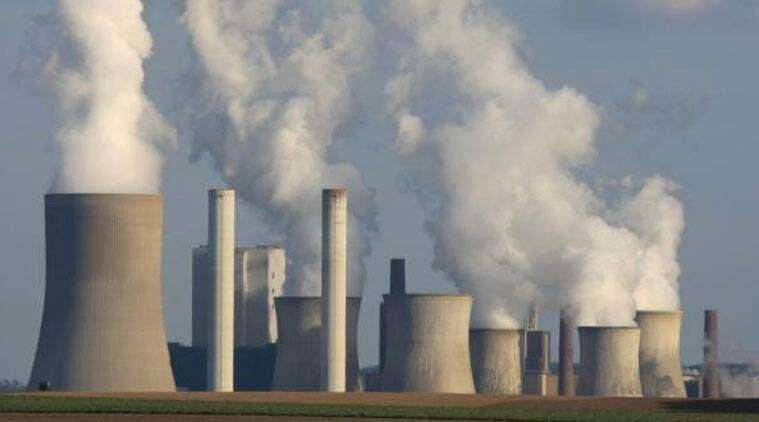Fatih Birol, the Executive Director of the International Energy Agency (IEA), has intimated that China has the means and capabilities to achieve a faster clean energy future.
Over the past four decades, China’s remarkable economic growth has lifted hundreds of millions of people out of poverty, and turned the country into a leader in many industries. But this has also landed the country as the world’s largest carbon emitter, accounting for one-third of global carbon dioxide (CO2) emissions.
China provides more than half of the world’s steel and cement, but the CO2 emissions from just those two sectors in China are higher than the European Union’s total CO2 emissions.
This notwithstanding, China is aiming to reach a peak of its carbon dioxide emissions before 2030 and carbon neutrality before 2060. The energy sector emits almost 90% of China’s greenhouse gas emissions, putting energy policies at the heart of the country’s transition to carbon neutrality.
China can achieve carbon neutrality earlier than expected
In its latest report on China, the IEA noted that China can reach its objectives while ensuring energy security and affordability for its citizens. The report reveals that the required investments are well within China’s capacities, given the size and dynamism of its economy.
“China is a clean energy powerhouse and has played a leading role in many of the world’s success stories to date, from solar power to electric vehicles. China’s efforts to achieve its ambition of carbon neutrality will result in even… significant decline in fossil fuel use in the coming decades.
IEA report
“However, the really uplifting news is that our new Roadmap shows China has the means and capabilities to accomplish an even faster clean energy transition…” Dr Birol added.
“This accelerated transition would put China’s CO2 emissions into marked decline after 2025, opening up the possibility of China reaching carbon neutrality well before 2060. This would be both good for China and good for the world.”
Fatih Birol
China makes significant progress
Indeed, China has made notable progress in its clean energy transition, but it still faces some significant challenges, the IEA said.
Coal accounts for over 60 per cent of electricity generation, and China continues to build new coal power plants domestically. At the same time, China has increased its solar power capacity than any other country year after year. Although China is the second largest oil consumer in the world, it is also home to 70 per cent of global manufacturing capacity for electric vehicle batteries.
“This Roadmap shows what is possible: China has a clear pathway to build a more sustainable, secure and inclusive energy future,” Dr Birol noted.
“As China makes some important decisions in the coming weeks and months, the IEA is pleased to share our analysis and global expertise with Chinese policy makers so that together we can help build a brighter future. I also welcome President Xi Jinping’s announcement last week that China will stop building coal power plants overseas as a further positive step towards curbing global emissions.”
Fatih Birol
READ ALSO: Gov’t Shows ‘Little Interest’ Revising in Mining Industry























